Mundo Cuervo
Start where it all began at Mundo Cuervo and their La Rojeña distillery, the oldest active distillery in the Americas. Legend has it that José Antonio de Cuervo y Valdés first started growing agave as far back as 1758, and the family was the first to receive a license from King Carlos IV of Spain to produce and distribute tequila.
Today, half of the visit to Mundo Cuervo is how you get there. The Jose Cuervo Express, one of two luxury trains that operate in the area, runs on the weekend and offers the chance to get into the Tequila spirit (no pun intended) on the hour-trip from Guadalajara to Tequila. Enjoy tequila tastings and get a lesson in the liquor from a master tequilier as agave fields roll by outside the windows of the vintage train.
Once in Tequila, a visit to Mundo Cuervo and the La Rojeña distillery includes a tour through the entire production process as well as opportunities to visit the cellars where the liquor is aged and the fields to see how the agave is harvested and prepared before distillation. Don’t forget to leave yourself time to have a drink at one of the outdoor margarita bars.
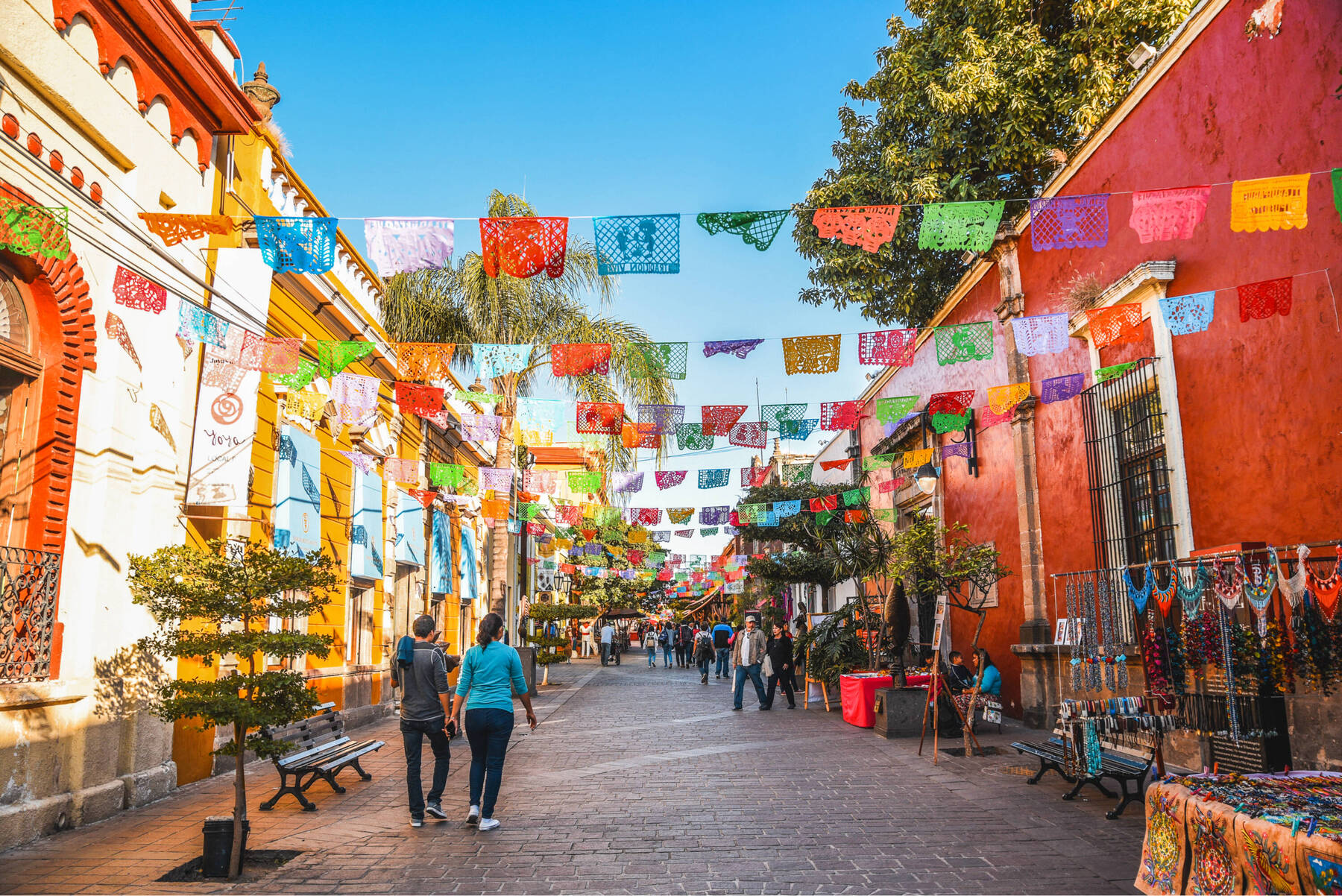
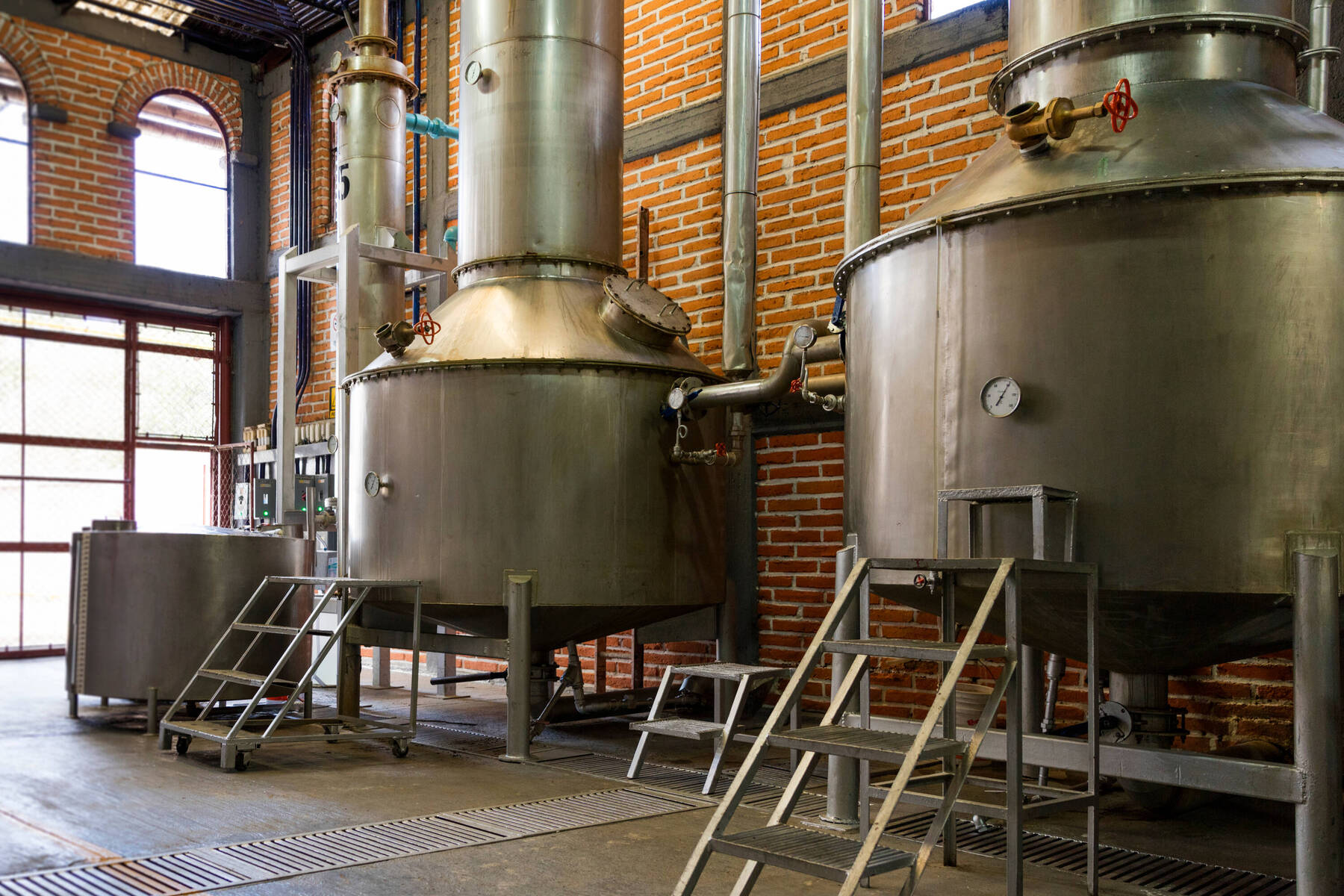
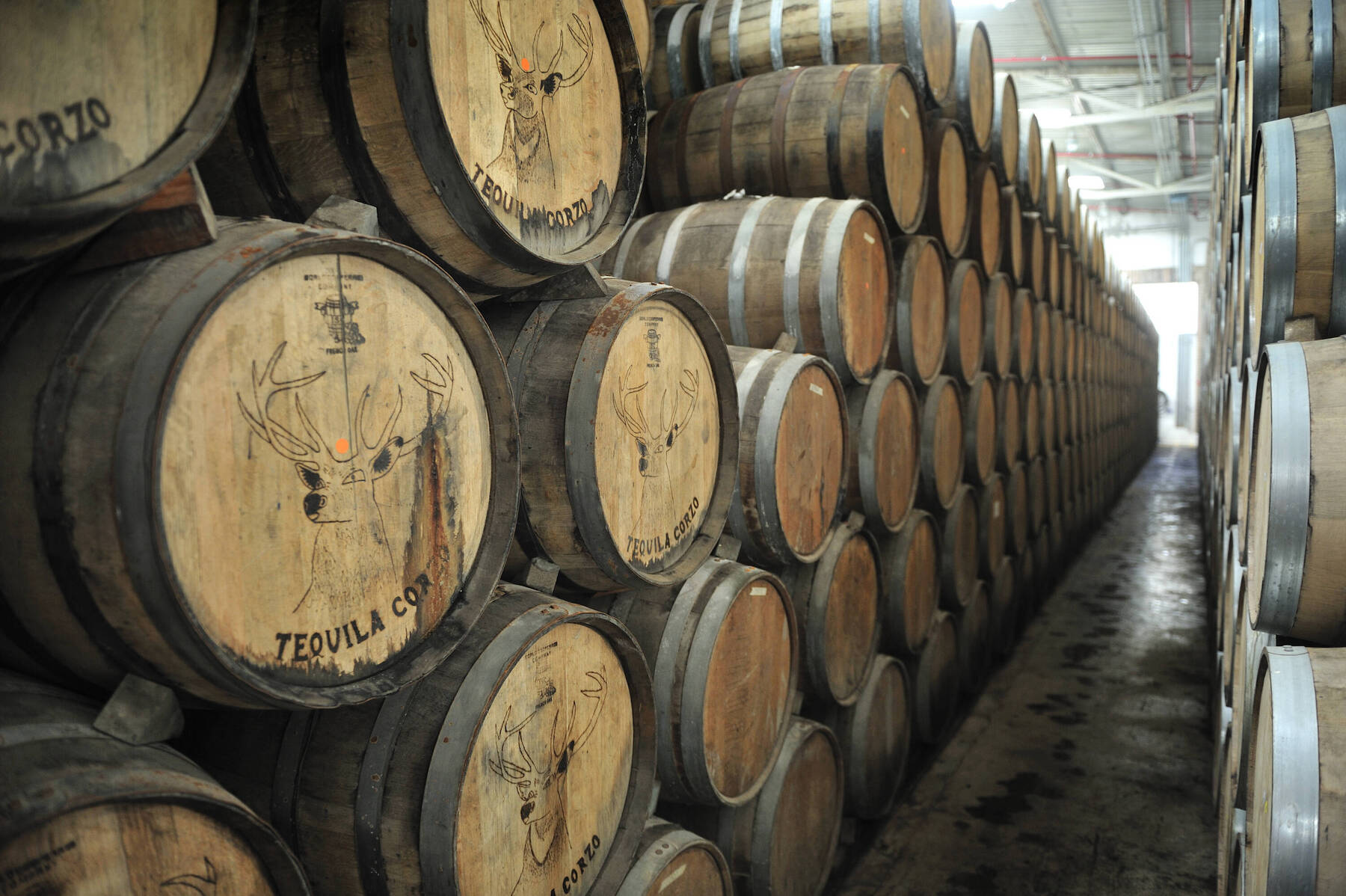
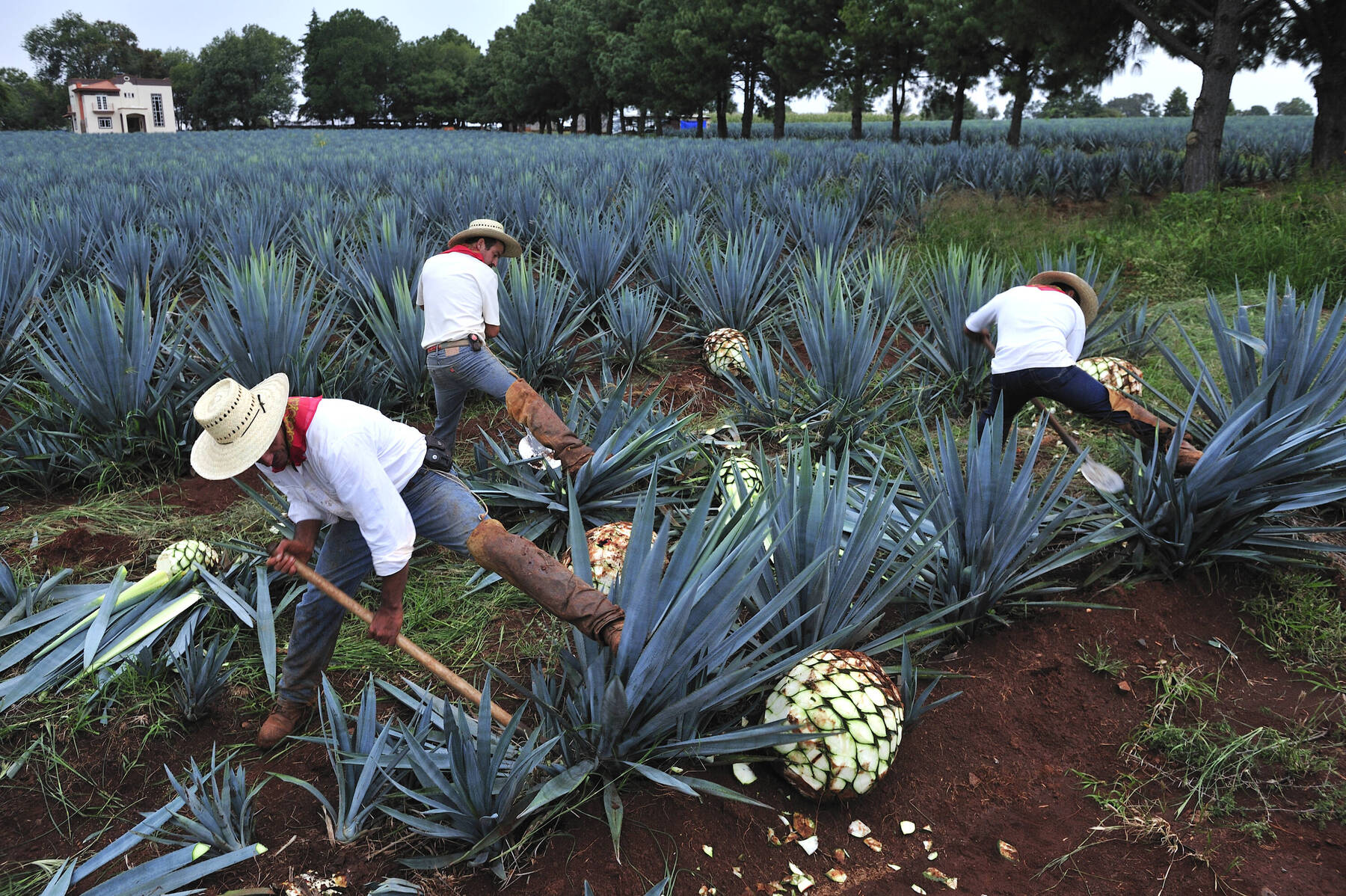

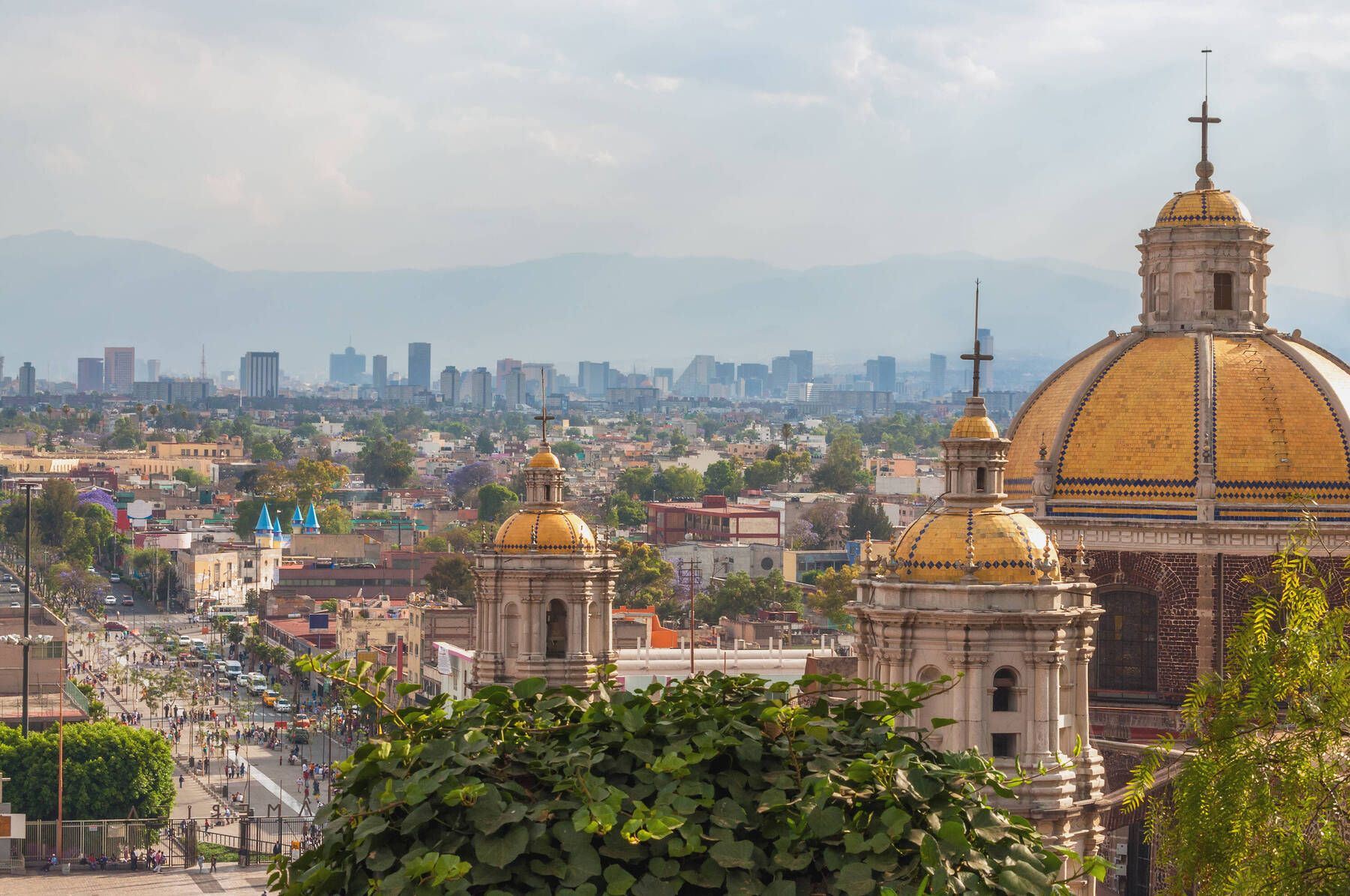
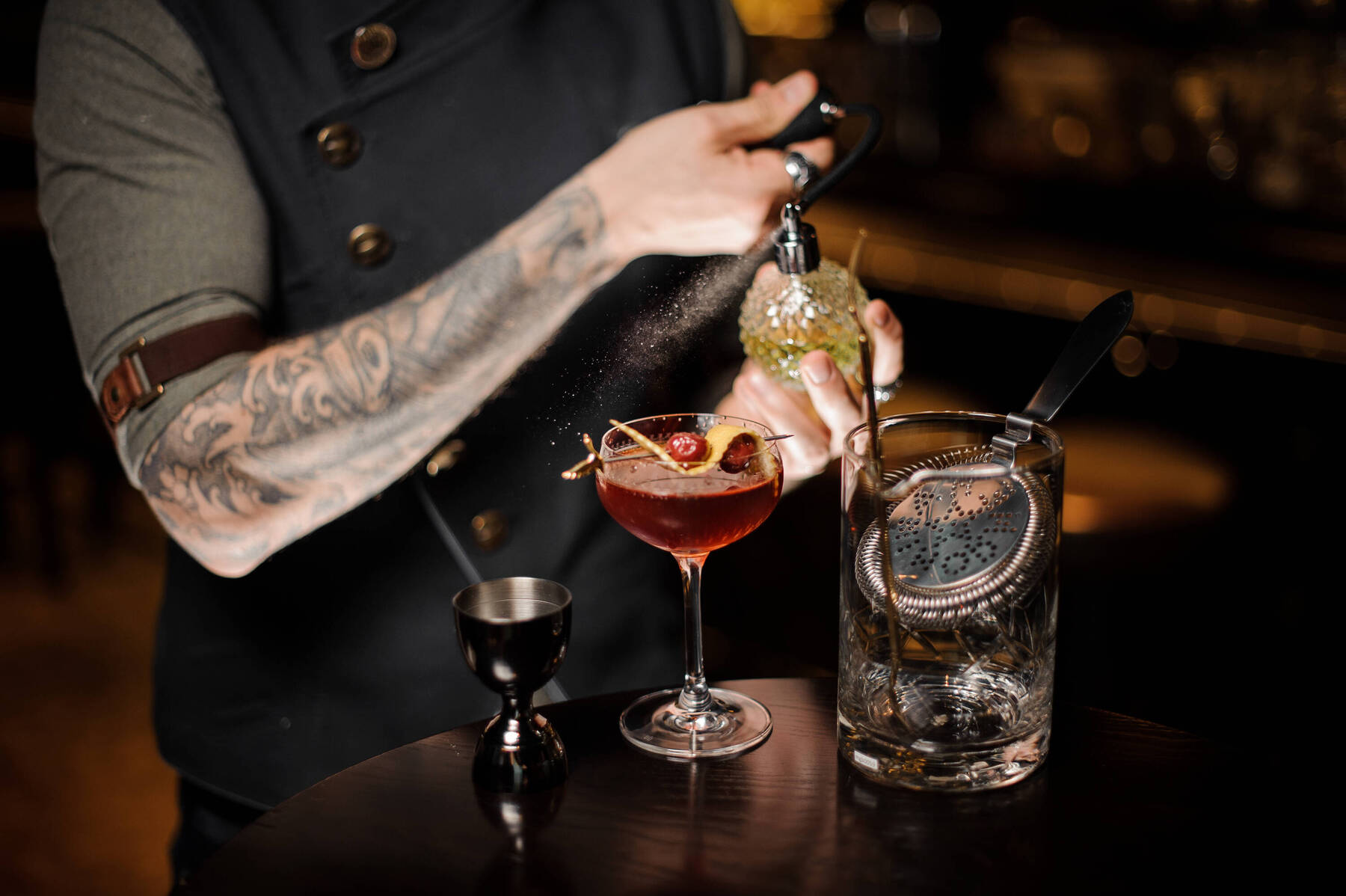
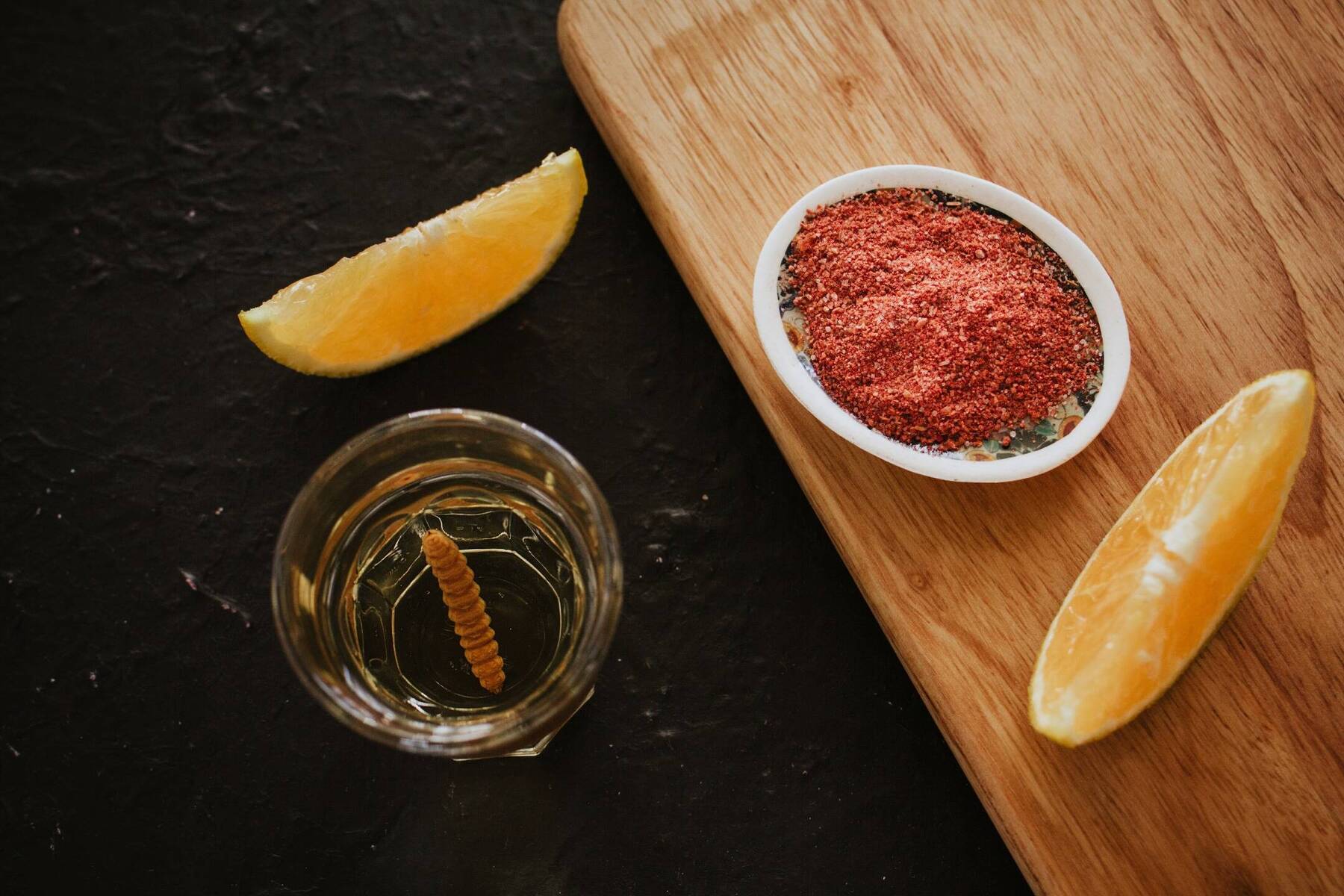

Comments